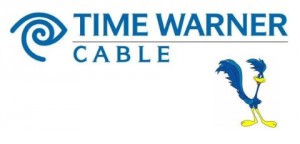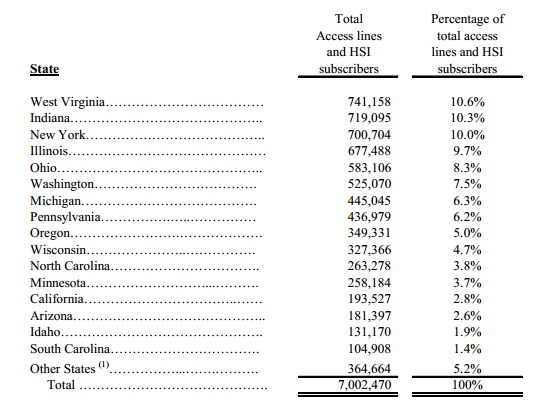T-Mobile is suspicious about the value of forthcoming family shared data plans likely to be introduced by its larger competitors AT&T and Verizon Wireless later this year.
Andrew Sherrard, senior vice president of marketing for T-Mobile announced the company would not jump on the family data bandwagon, preferring to leave the current model of individual data plans for each device in place:
Some of our competitors are backing away from simple, unlimited data and moving to family shared data plans. But would this approach actually deliver a better value to consumers? Do families really want to keep track of each others’ data consumption? We don’t think so. Just imagine mom’s email is suddenly unavailable because her teenage son watched an HD movie on his phone, consuming the family’s data allotment.
T-Mobile believes that consumers today do not want a ‘one size fits all’ approach to shared family data plans, nor would they benefit from that model. So, what is the right way to price data for customers who want affordable, unlimited access to what, unfortunately, is a limited resource?
Here’s how we see it:
Data plans should be flexible and affordable. At T-Mobile, customers have the option of only paying for the amount of data each member of the family believes they will need. Customers can choose affordable no-annual-contract data for tablets and other data-only products they share – paying every month or buying in daily or weekly installments.
Data should be worry-free. With our unlimited data plans, there is no surprise data cap or bill shock. Customers simply pay each month for the amount of high-speed data they select and (in contrast to our competitors) T-Mobile customers can continue to use mobile data on their device at reduced speeds after they reach their limit without incurring overage charges.
Customers who pay more, should get more. T-Mobile smartphone customers with 5GB or 10GB data plans also get our Smartphone Mobile Hotspot feature included. This means, with a capable T-Mobile smartphone (most are), customers can power up to five Wi-Fi enabled devices with fast, 4G data. So rather than needing to account for each device on a shared family data plan, customers can use their existing data plan to power multiple devices, while still saving hundreds of dollars annually.
T-Mobile has adopted a traditional usage cap model that provides a set usage allowance but imposes no overlimit fees. Subscribers who exceed their allowance have their wireless data speeds reduced to levels resembling dial-up for the remainder of their billing cycle.
Verizon Wireless’ recent announcement it would kick customers grandfathered on unlimited use wireless plans to tiered data plans with overlimit fees has created controversy and has angered some Verizon Wireless customers. T-Mobile’s marketing strategy could draw some disaffected customers from larger carriers.
T-Mobile ultimately believes a shared data plan can create havoc on families trying to control their shared allotment of data for each month. Without careful coordination, consumers may find substantial overlimit fees on their wireless phone bills when they exceed their allowance.


 Subscribe
Subscribe








